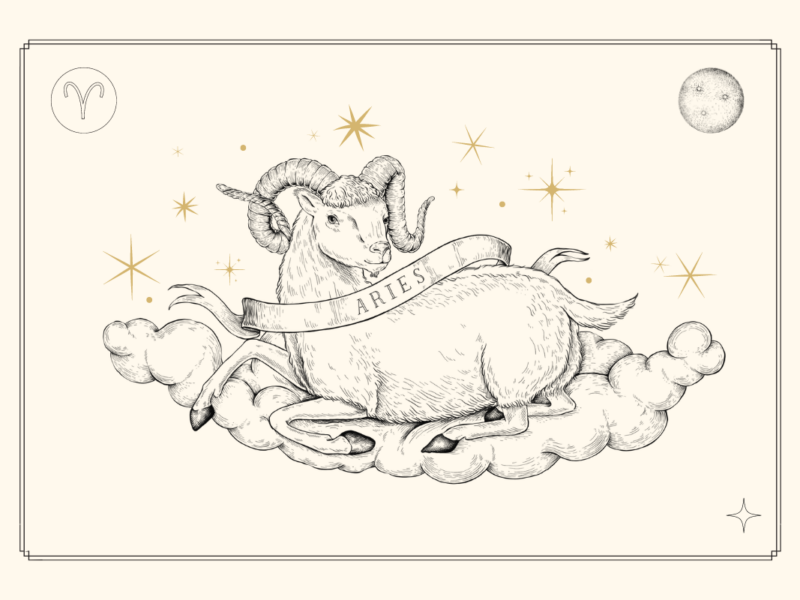Writing Tips for Each Moon Phase
Since prehistoric times, the moon has played a crucial role in our lives. In ancient civilizations, the moon was viewed as a deity. Old lore tells us about its force to convert humans into monsters. Poets and writers of fiction were (and are) inspired by it, summoning its darker and romantic side. We dreamt of the moon long before Apollo astronauts sent back photographs of the moon itself.
The moon is a scientific and mystical satellite which has a fairylike sense. Besides its importance to the life on earth, the moon has always been a source of fascination. It is made of energy and emanates frequencies. As it goes through its lunar cycle, the moon provides different energy. The moon is associated with women, tides, magic, and various life cycles. Therefore, the lunar phases have importance to humankind. Like the moon needs to restore each month, so do we.
The moon also signifies birth, death, reincarnation, spiritual connection, intuition and wisdom. From Selene to Luna, we have several names for it. There are eight phases of the moon: new moon, crescent moon or waxing crescent, first-quarter moon, waxing gibbous moon, full moon, disseminating moon or waning gibbous, third-quarter moon or last quarter and balsamic moon. Below you can explore the essence of each moon phase paired with writing tips.
New Moon
This phase begins the moon’s cycle and harnesses a quiet, restful energy. It is a time to create and tap into your creative thinking. Spend time with yourself. Plan an outline for your upcoming project and acknowledge your writing goals.
Crescent Moon or Waxing Crescent
Here, the moon has passed from darkness into a small sliver. Start your work and concretize the intentions you made during the new moon phase. Choose a morning or an evening and write your poem or story.
First-Quarter Moon
A first-quarter moon appears to be split in half. One part is illuminated and the other part is shadowed. Now is the time to be assertive and focus on making progress in your current work. But remember: respect your mind and its need to rest.
Waxing Gibbous Moon
You can expect tension throughout this phase where the moon is not quite full. Maybe you feel that your aims are not completely fulfilled. However, do not be depressed and keep writing.
Full Moon
Now, the moon is a glowing eye and you might experience heightened emotions. Use this period to prepare a cup of tea, write from your emotions, and do not overwork or overthink.
Disseminating Moon or Waning Gibbous
After the sensations of the full moon, allow yourself to rest. Put your favorite music on and light a candle. It is vital to take a break to renew your productivity. Tap into your deepest breathing.
Third Quarter Moon or Last Quarter
Reflect on your past writing sessions. What worked? What didn’t? Is there something you’d like to do differently moving forward? Answer these questions with pen and paper and remember them as you move into the next moon cycle.
Balsamic Moon
The balsamic moon represents a time of healing. Take time to clean your writing space and add more meaningful objects. Your corner should be a reflection of your soul.




